Double Page was a 6 part periodical produced by Annemarie Verna Galerie, Zurich. This second edition, from December 1976, is devoted to the work of Giorgio Griffa.
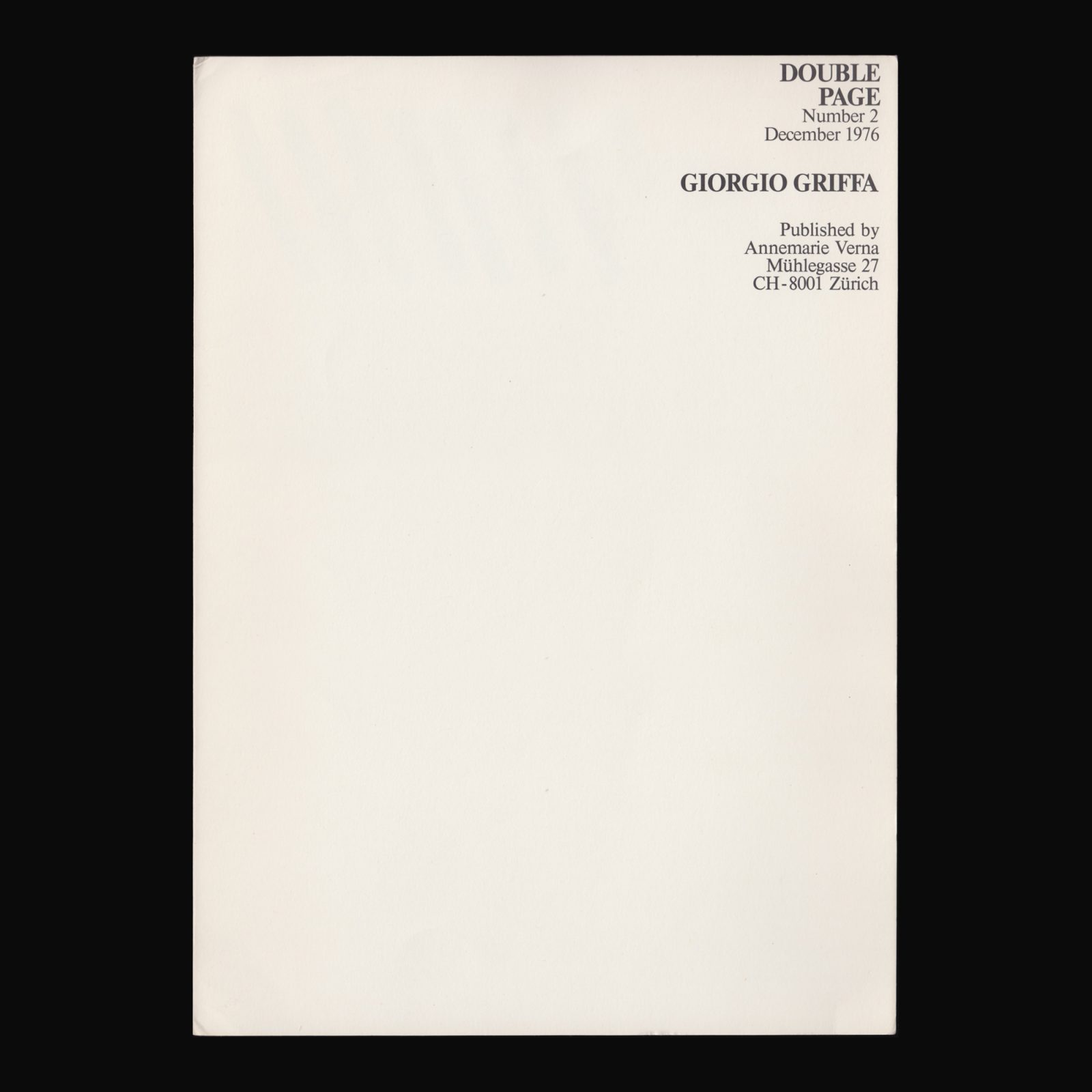

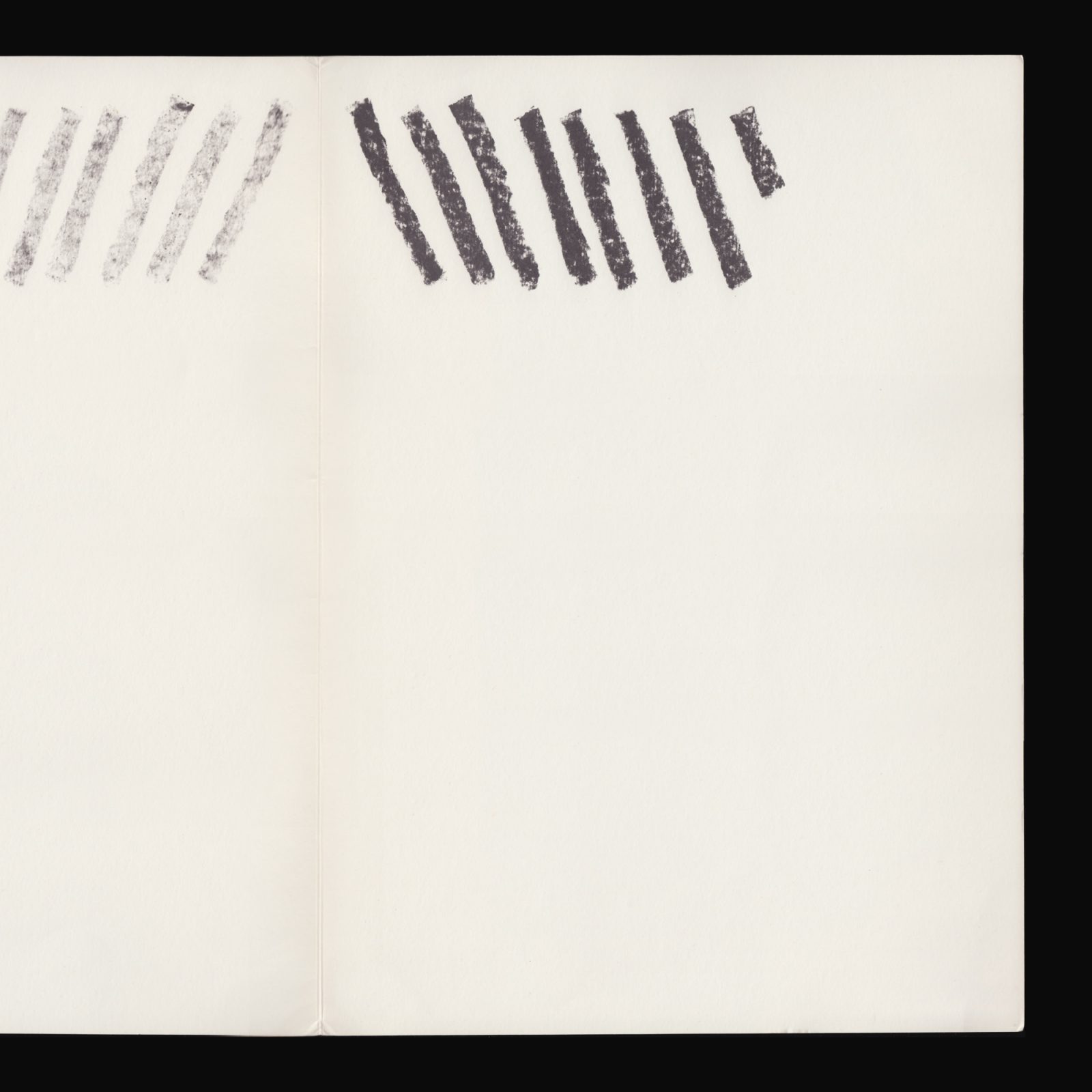
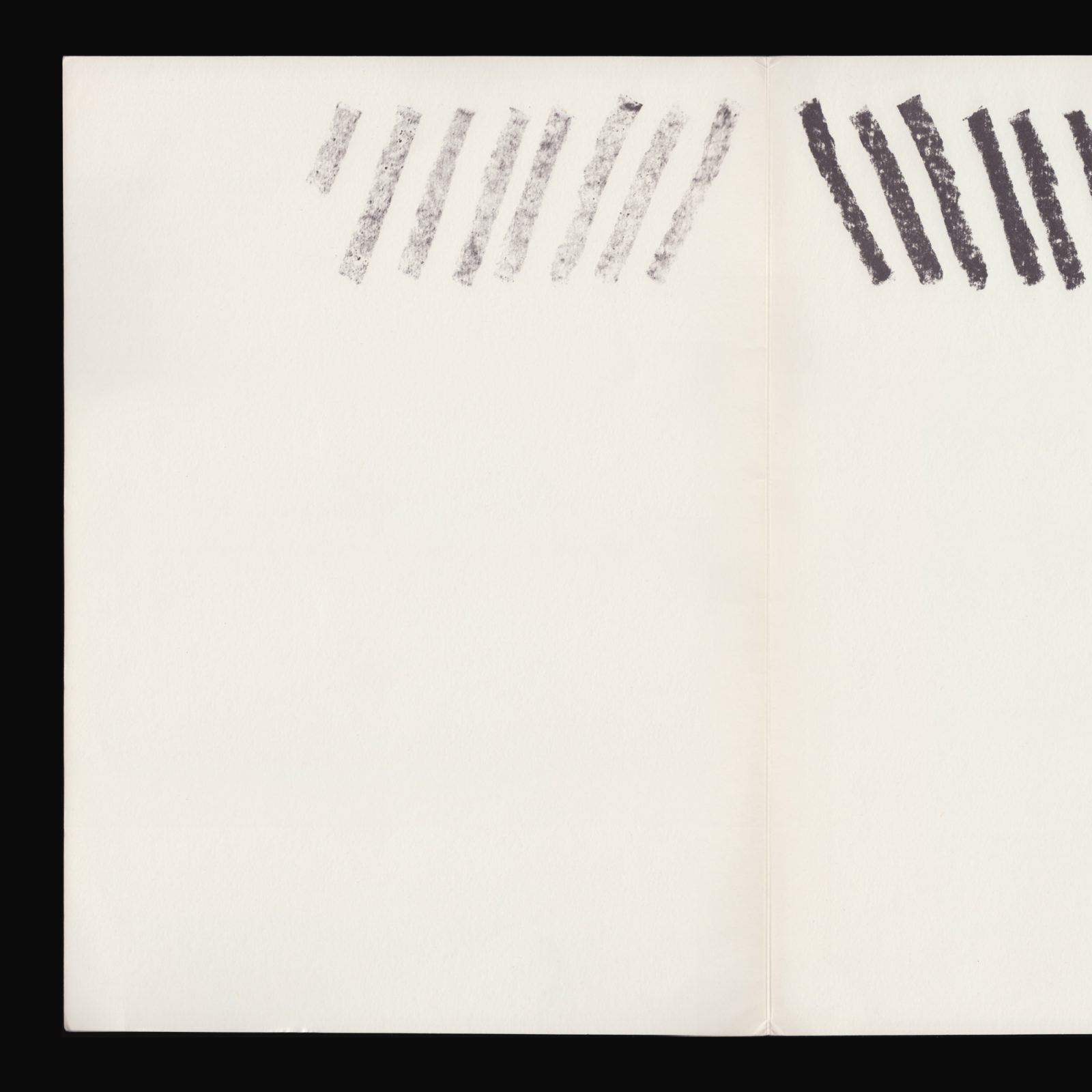
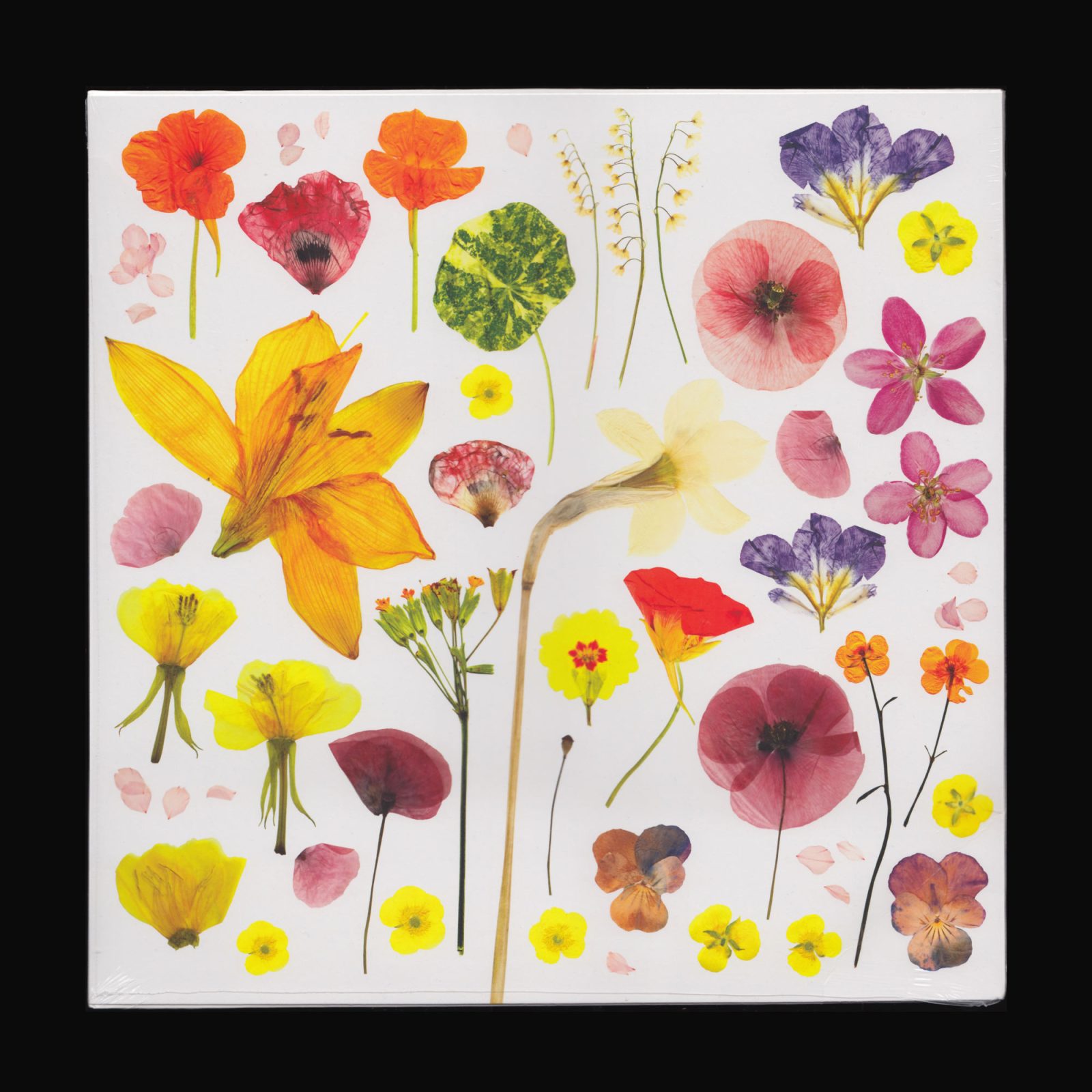

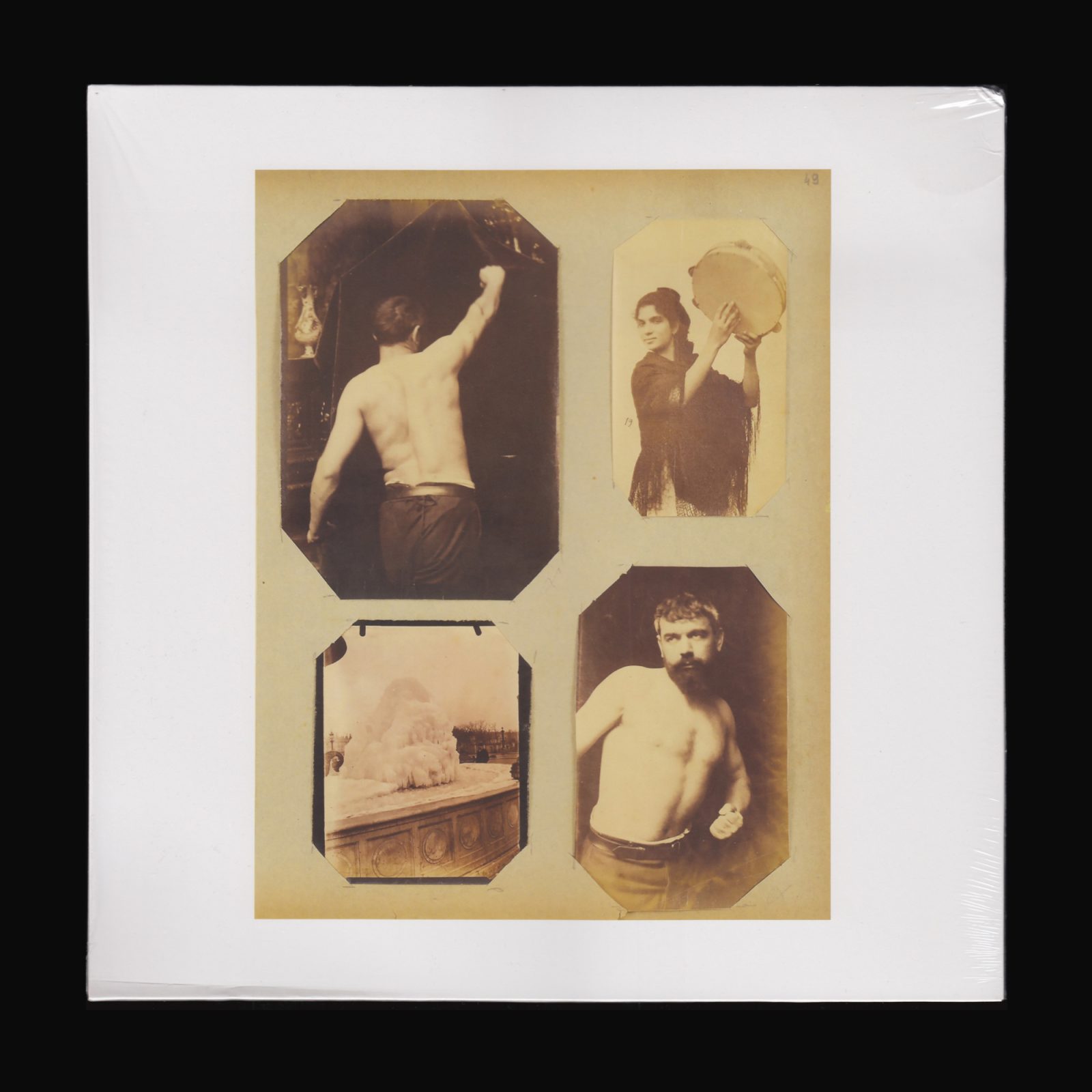
Superimposing different sources—background sounds, recordings of a charivari in the streets of Lyon, bird songs or rhythms and melodies of amateur or professional musicians—Paul Elliman’s vinyl record can be experienced as a form of sound loitering, each track composed by the transformation of different audio materials into unique musical collages. Born 1961. Paul Elliman lives and works in London.
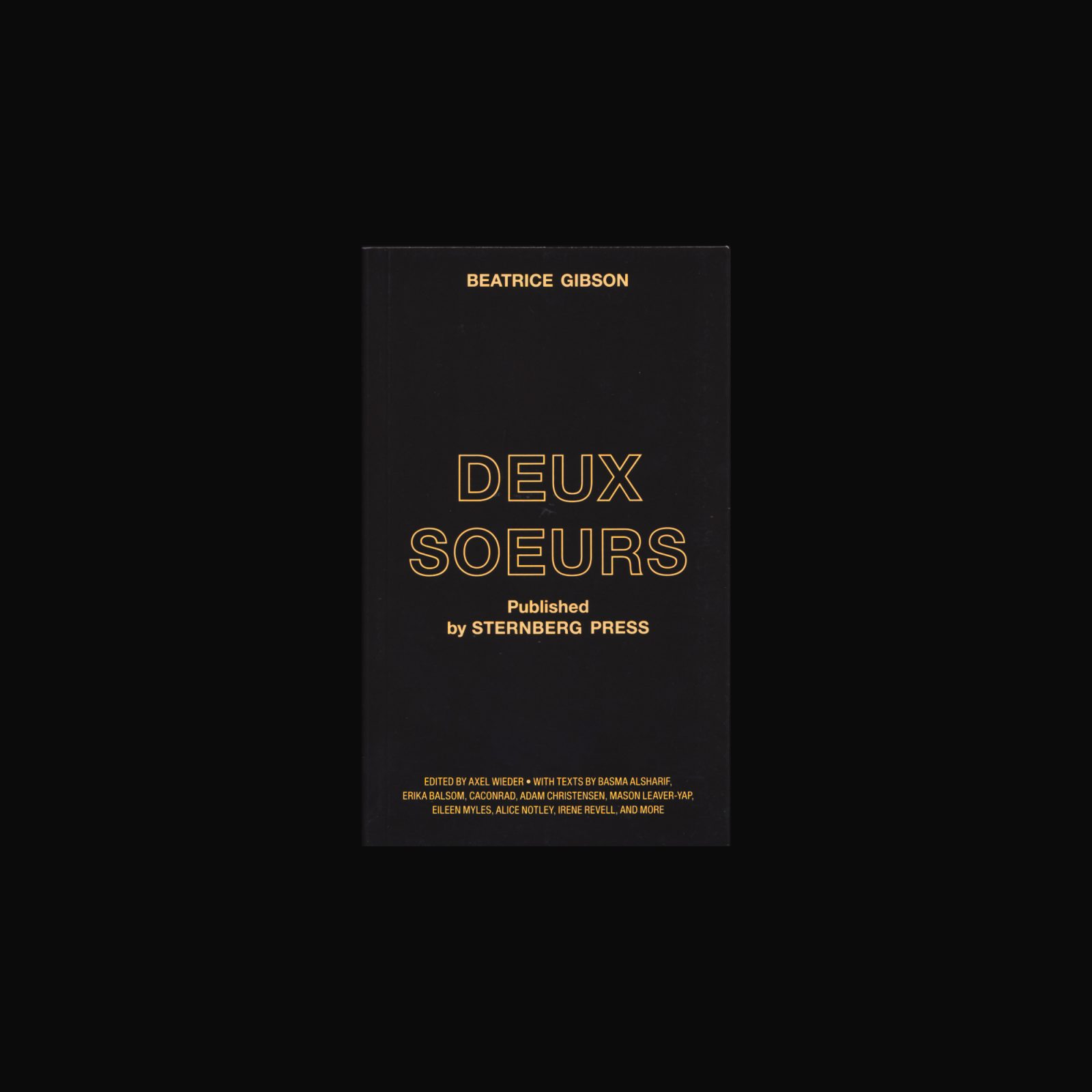
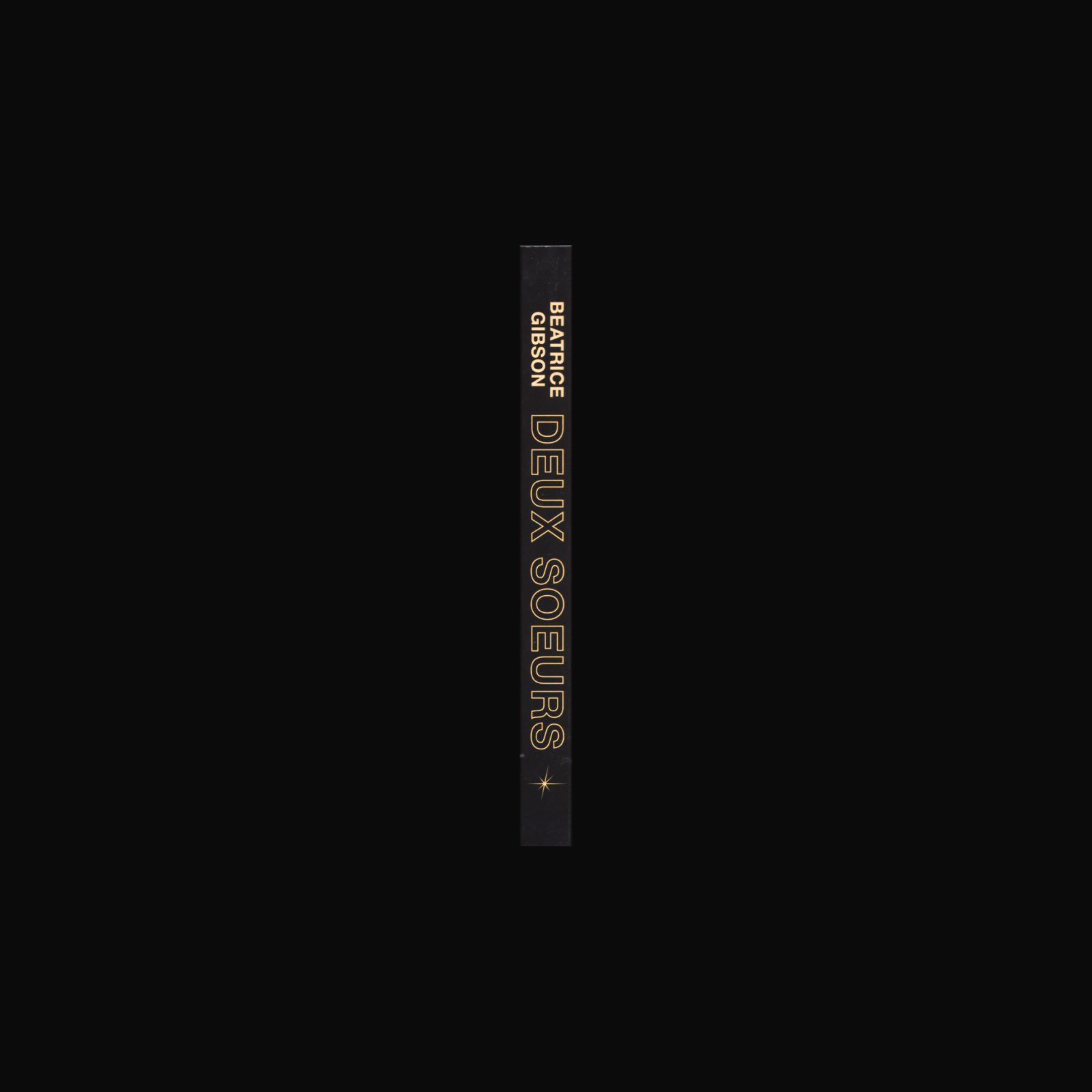
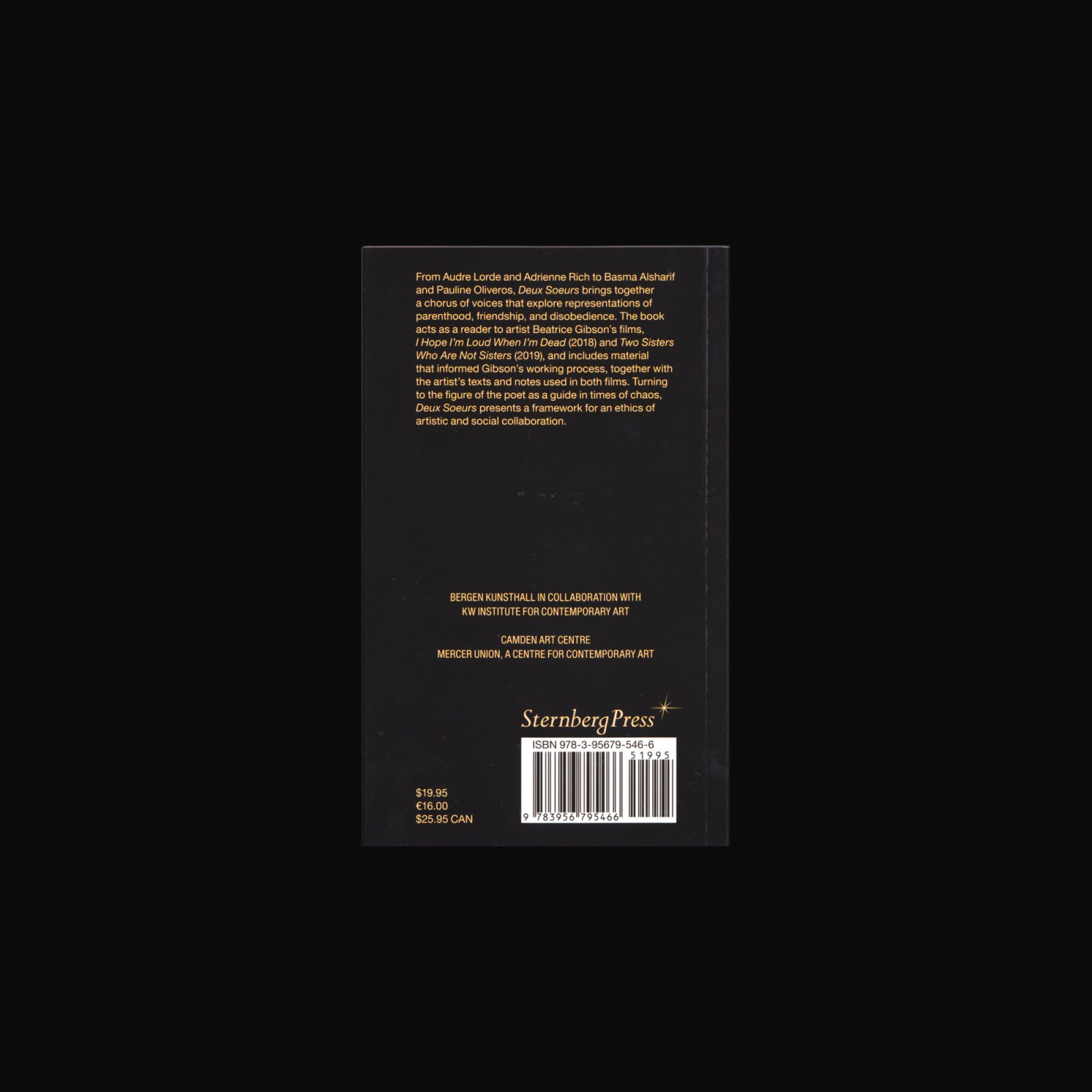
Edited by Axel Wieder, with texts by Robert Glück, Ursula K. Le Guin, Audre Lorde, Eileen Myles, Alice Notley, Pauline Oliveros, Adrienne Rich and contributions by Basma Alsharif, Erika Balsom, CAConrad, Adam Christensen, Beatrice Gibson, Mason Leaver-Yap, Eileen Myles, Irene Revell.
Deux Soeurs brings together a chorus of voices that explore representations of parenthood, friendship, and disobedience. The book acts as a reader to artist Beatrice Gibson’s films, I Hope I’m Loud When I’m Dead (2018) and Two Sisters Who Are Not Sisters (2019), and includes material that informed Gibson’s working process, together with the artist’s texts and notes used in both films.
Designed by HIT.
You can listen to Beatrice Gibson’s podcast What’s Love Got To Do With It here.


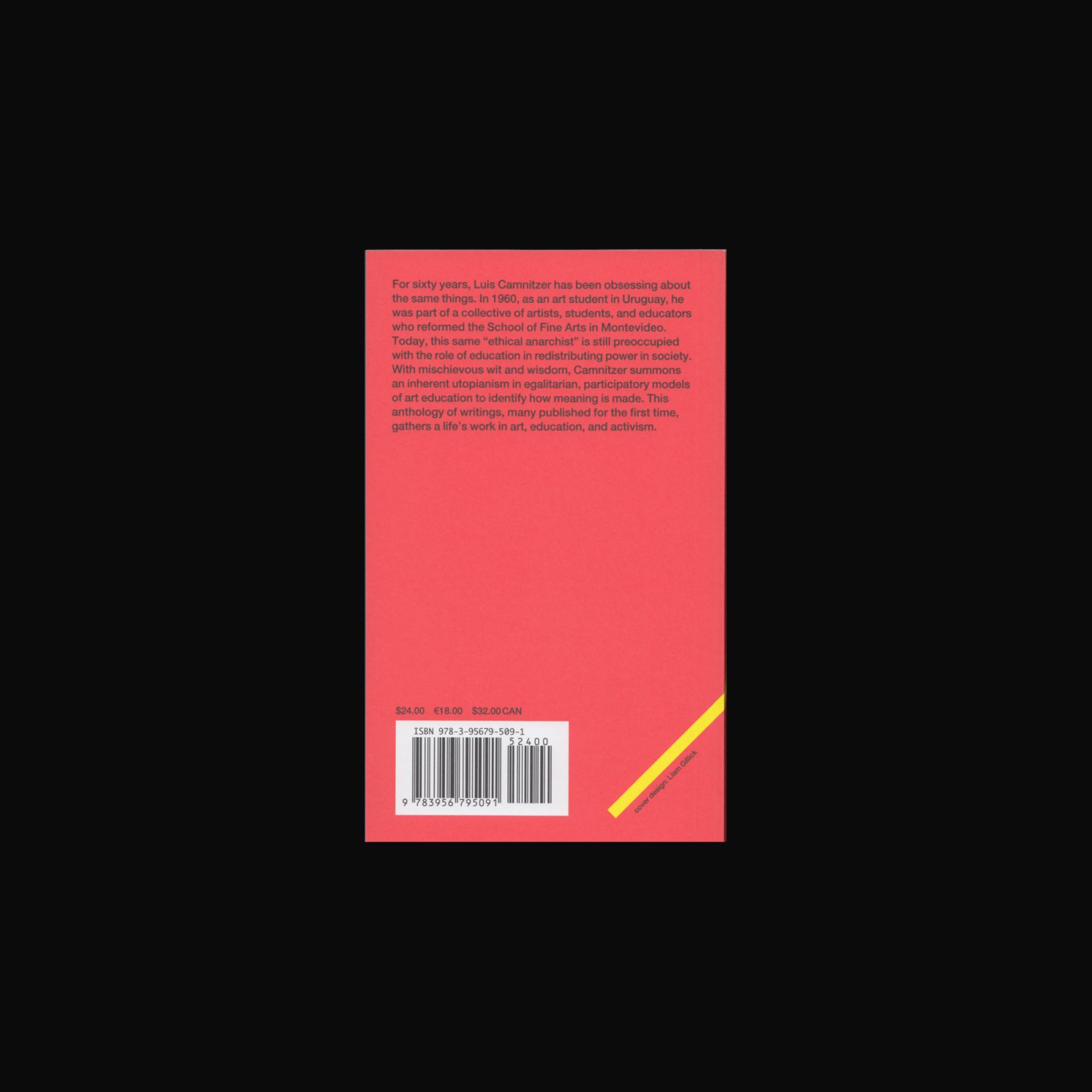
With mischievous wit and wisdom, Camnitzer’s writings summons an inherent utopianism in egalitarian, participatory models of art education to identify how meaning is made.
One Number Is Worth One Word spans over half a century of the Conceptual artist’s radical engagement with art education and its institutions, from his student days in Uruguay and move to New York in 1964 to his current work and writings, with many texts published for the first time. This is a singularly authoritative, antiauthoritarian gathering of a life’s work in art, education, and activism.

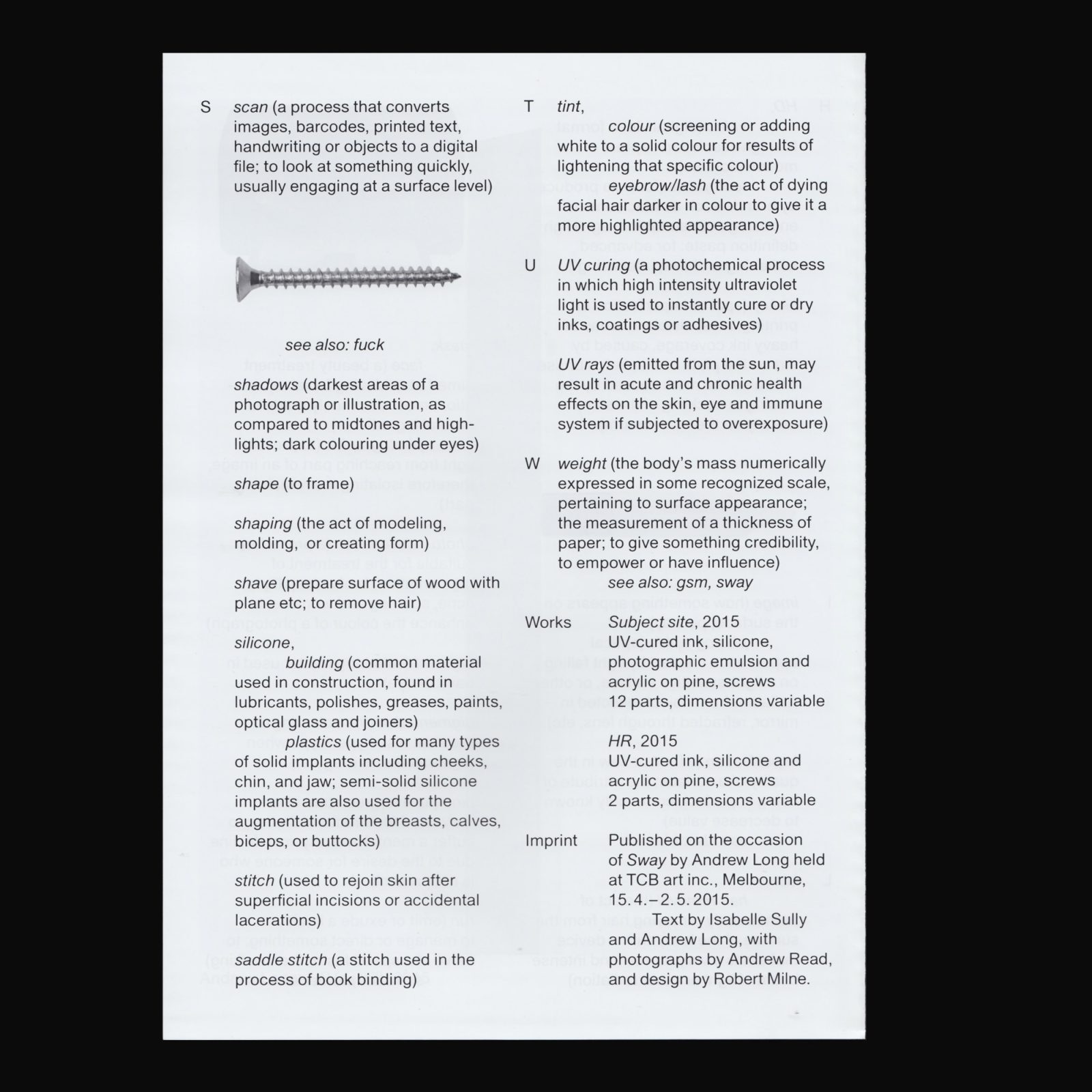
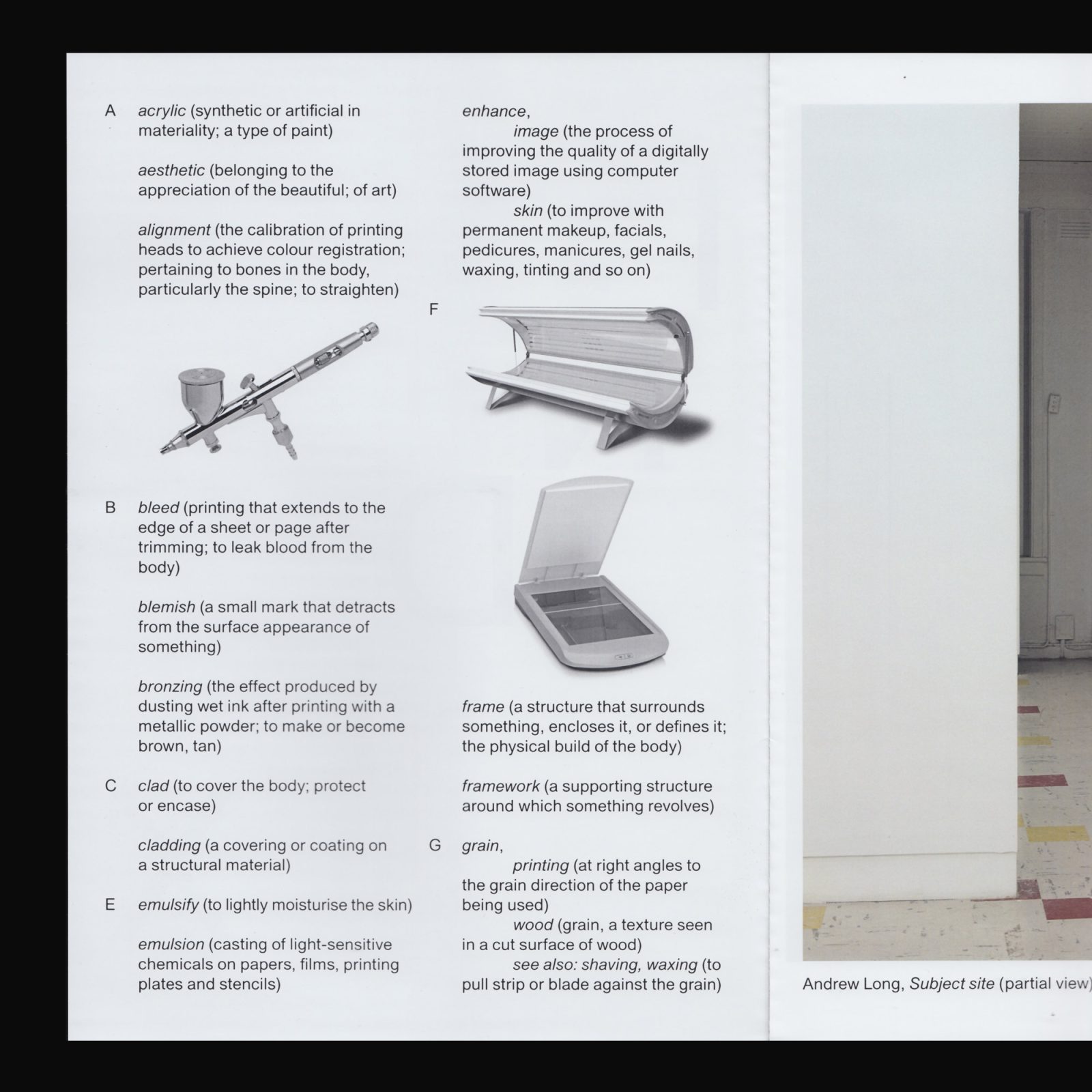
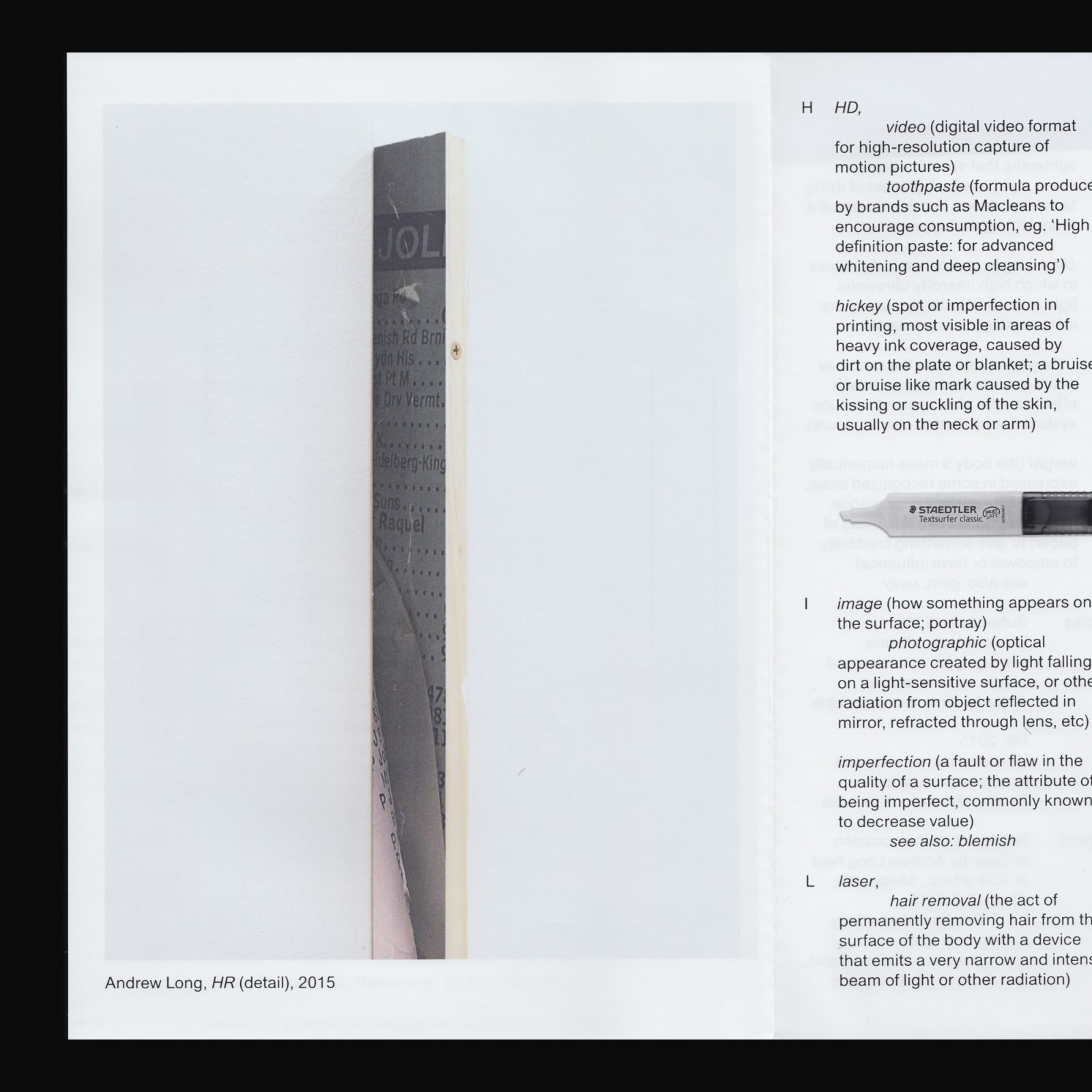
Produced on the occasion of Sway by Andrew Long held at TCB art inc., Melbourne, 15 April–2 May, 2015. Text by Isabelle Sully and Andrew Long, with photographs by Andrew Read. Designed by Robert Milne.
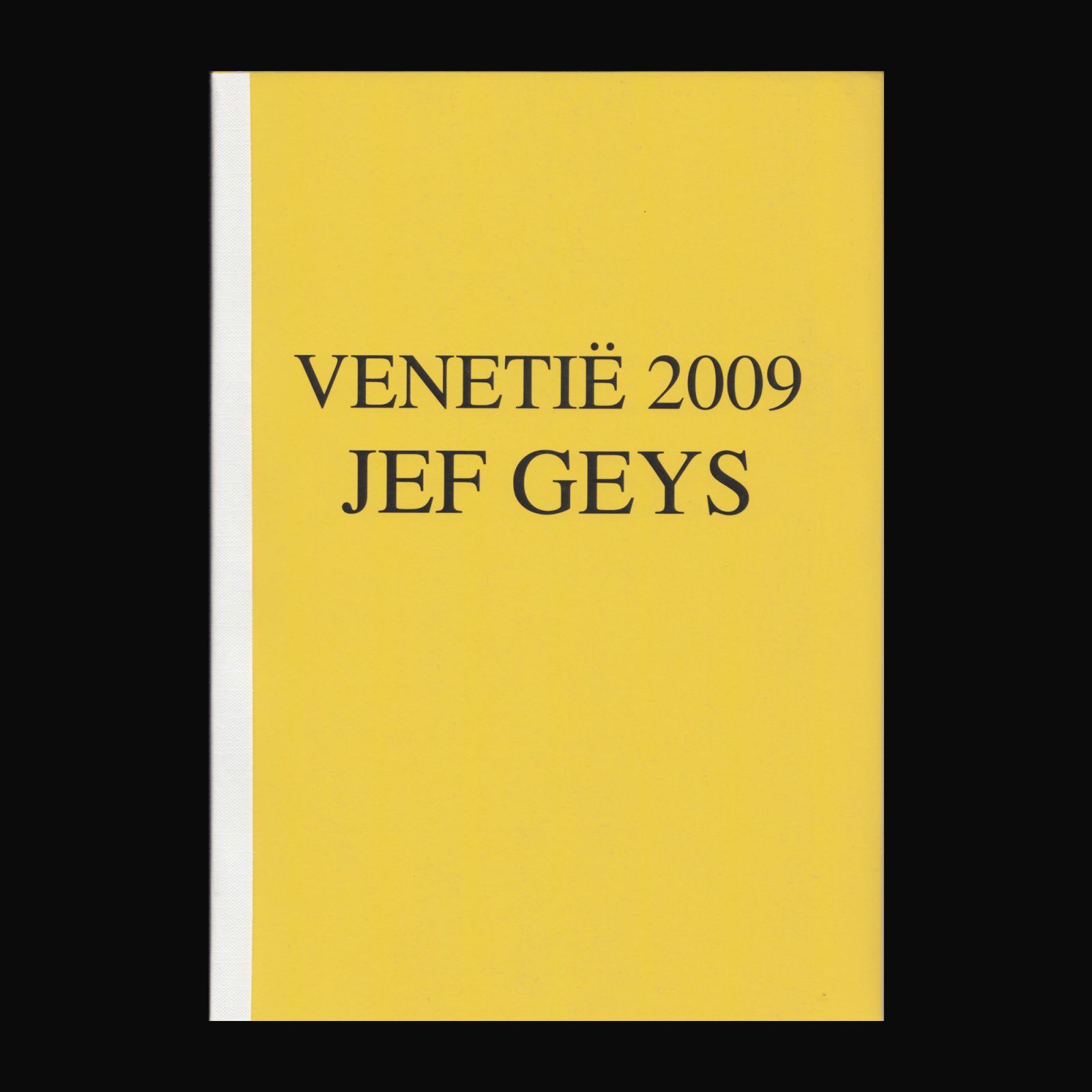


Publication produced on the occasion of Jef Geys presentation at the 53rd Venice Biennale, 2009, in the form of an overview of media comments compiled by Mélanie Gaillard. The show which was curated by Dirk Snauwaert, featured elements of Geys’ work from the last four decades.